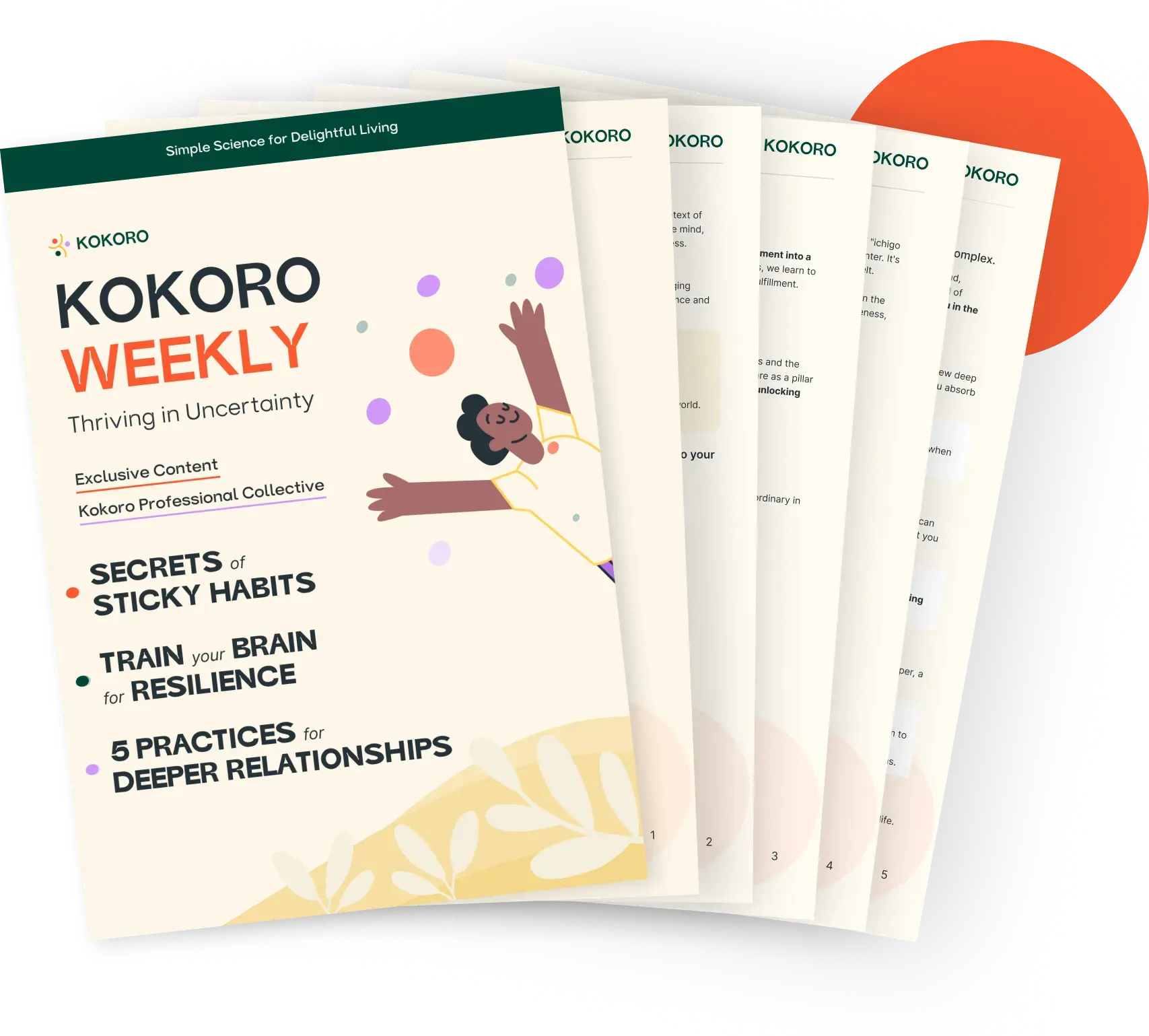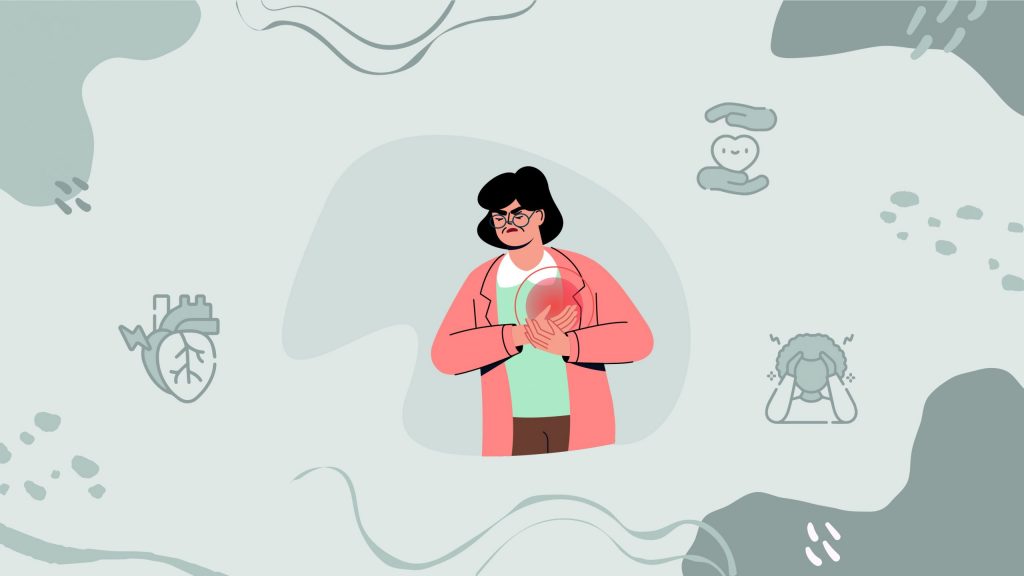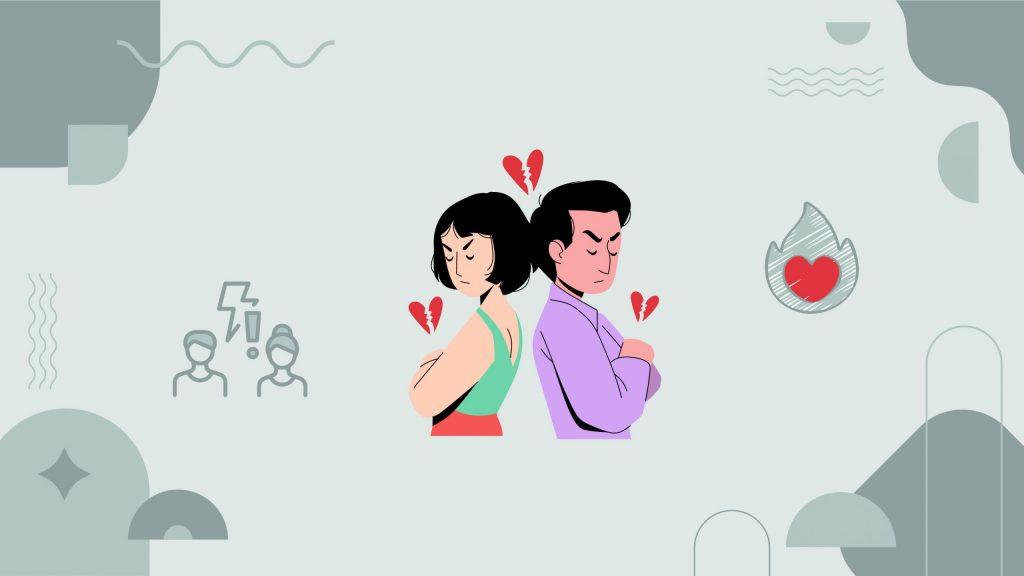Have you ever felt a strange discomfort in your chest and brushed it off as mere indigestion or fatigue? Many of us do, unaware that these subtle signs might be early warnings of a heart attack.
Understanding and recognizing these signals can be the difference between life and death, prompting immediate action and potentially saving your life.
When Life's Rhythm Breaks
Heart attacks are often perceived as sudden, dramatic events. However, they can be insidious, creeping up with subtle signs that are easy to dismiss or misunderstand. The struggle lies in our everyday lives, where stress, unhealthy eating habits, and lack of exercise become the norm. We push our bodies to the limit, unaware of the silent signals they send out as warnings.
A heart attack occurs when the blood flow to a part of the heart is blocked, often by a build-up of fatty deposits called plaque. This blockage prevents oxygen from reaching the heart muscle, causing it to become damaged or die.
Imagine waking up one morning with a vague sense of discomfort in your chest, brushing it off as indigestion, or feeling unusually fatigued after a simple walk, chalking it up to a poor night’s sleep. These early signs of a heart attack can be easily mistaken for less serious issues, leading to dangerous delays in seeking medical help.
Recognizing these signs early is crucial for preventing severe heart damage and improving one’s chances of a full recovery.
The Heart's Cry for Help
Understanding the mechanics of a heart attack can help demystify this life-threatening event. A heart attack, medically known as a myocardial infarction, occurs when the blood flow to a part of the heart is blocked for a long enough time that part of the heart muscle is damaged or dies.
This blockage is typically caused by a buildup of plaque—a mix of fat, cholesterol, and other substances—in the coronary arteries, which supply blood to the heart.
When a plaque ruptures, a blood clot forms around it, obstructing the artery. This interruption in blood flow prevents oxygen from reaching the heart muscle, causing it to start dying. The body reacts to this crisis with a series of warning signals.
These can include chest pain or discomfort, which may feel like pressure, squeezing, fullness, or pain; discomfort in other areas of the upper body, such as one or both arms, the back, neck, jaw, or stomach; shortness of breath; cold sweats; nausea; or lightheadedness.
The tricky part is that these symptoms can vary significantly between individuals and may not always be severe. Some people might experience a “silent” heart attack with minimal symptoms, making it even more critical to be aware of the subtle signs. You might feel a mild discomfort that you easily dismiss or experience fatigue that you attribute to a busy day.
It’s important to listen to your body and recognize these signs early. Prompt medical attention can prevent severe damage to your heart and improve your chances of a full recovery. If you ever feel these symptoms, don’t hesitate to seek help immediately.
Early intervention can make all the difference between life and death. By understanding these warning signals, you can take charge of your heart health and act swiftly when your heart cries for help.
Subscribe to newsletter
Get your Guidebook to Mindfulness right now.
Elevate your Tuesdays with amazing ideas, actionable tools, and exclusive insights from our Professional Collective.

Lifesaving Checklist to Prevent Heart Attacks
Being proactive about your heart health involves both immediate and long-term strategies. Here’s how you can start:
Immediate Actions
If you suspect you’re experiencing early signs of a heart attack, seek medical help immediately. Call emergency services or have someone take you to the nearest hospital. Chewing an aspirin (if you’re not allergic) can help slow down the blood clotting process, giving you a better chance of survival.
Building Healthy Habit
Adopt a heart-healthy lifestyle to reduce your risk of heart attacks. This includes:
- Healthy Eating: Focus on a balanced diet rich in fruits, vegetables, whole grains, lean proteins, and healthy fats. Limit your intake of saturated fats, trans fats, cholesterol, and sodium. Opt for heart-friendly foods like salmon, nuts, and olive oil.
- Regular Exercise: Aim for at least 150 minutes of moderate aerobic activity, like brisk walking or cycling, or 75 minutes of vigorous activity, like running, each week. Include muscle-strengthening exercises at least two days a week. Physical activity helps maintain a healthy weight and lowers blood pressure.
- Avoiding Tobacco: Quit smoking and avoid secondhand smoke. Tobacco is a significant risk factor for heart disease. If you need help quitting, seek support from friends, family, or a professional program.
- Managing Stress: Practice stress-reducing techniques such as mindfulness, meditation, deep breathing exercises, or yoga. Chronic stress can contribute to heart disease, so finding ways to relax and unwind is essential.
- Regular Check-ups: Keep up with regular health screenings to monitor your blood pressure, cholesterol levels, and diabetes risk. Early detection and management of these conditions can prevent complications and reduce your risk of a heart attack.
Incorporating these habits into your daily routine can significantly lower your risk of a heart attack and improve your overall health. Remember, small changes can lead to significant improvements over time. Prioritize your heart health today for a healthier, happier tomorrow.
Survival and Hope
Meet John, a 55-year-old accountant who lived a high-stress, sedentary life. For years, he ignored the occasional chest discomfort and fatigue, attributing them to his busy schedule and lack of exercise.
One morning, he woke up with a persistent ache in his chest and a feeling of nausea. Remembering a recent article about heart attack symptoms, he decided to err on the side of caution and called for help.
John was rushed to the hospital, where doctors confirmed he was having a heart attack. Thanks to his quick action, they were able to treat him promptly, minimizing the damage to his heart. This swift response was crucial in saving his life and ensuring a smoother recovery.
During his recovery, John committed to changing his lifestyle. He embraced a healthier diet, started exercising regularly, and learned stress management techniques. He found joy in walking, yoga, and cooking nutritious meals.
Today, John feels more energetic and healthier than he has in years. He often shares his story to encourage others to listen to their bodies and take action at the first sign of trouble. His quality of life has improved significantly, and he’s become an advocate for heart health, emphasizing the importance of recognizing early signs and making positive lifestyle changes.
John’s experience is a powerful reminder of how crucial it is to pay attention to our bodies and seek help when something feels off. His journey from a near-fatal heart attack to a vibrant, healthy life inspires those around him to prioritize their health and well-being.
Recognizing the early signs of a heart attack can be lifesaving. By understanding what to look for and taking proactive steps to improve your heart health, you can protect yourself and live a longer, healthier life.
Remember, your heart constantly sends you signals – make sure you listen. John’s story shows that it’s never too late to make changes that can profoundly impact your health and longevity. Take charge of your heart health today for a brighter, healthier tomorrow.







